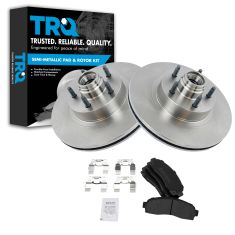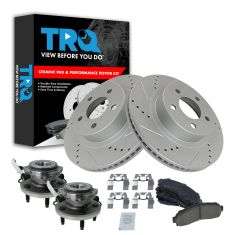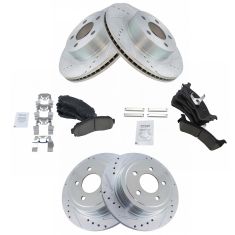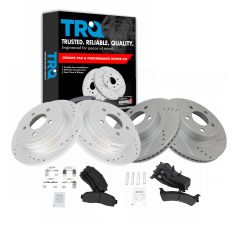1APBS00927-Ford Mazda Front Semi-Metallic Performance Brake Pad & Rotor Kit TRQ Performance BKA12708
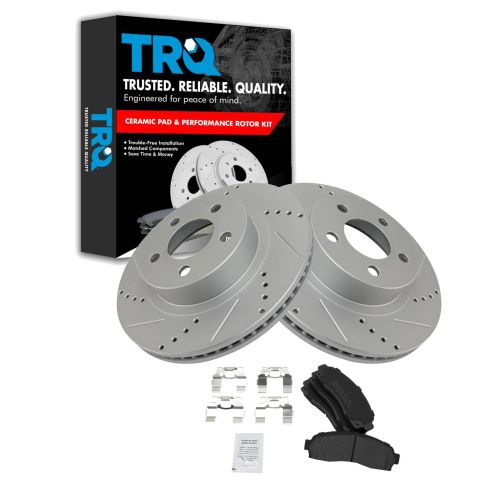
Replaces
2003 Ford Explorer Sport 4 Wheel Drive Front Semi-Metallic Performance Brake Pad & Rotor Kit TRQ Performance BKA12708

Product Reviews
Loading reviews
4.80/ 5.0
5
5 reviews
My favorite
November 16, 2018
I recommend that very effective and very professional finish
Looks good
March 6, 2019
Looks good, great price, great product!
Rotors
September 18, 2019
I recently ordered some rotors and pads from one a auto and the delivery was quick and easy as well as the installation because everything fit perfect.
Perfection
November 19, 2020
Couldnt be happier! Install was flawless and my ranger stops on a dime.
Great products
January 21, 2024
Received on time great parts I like that A1auto includes how to do videos I'll always buy from them and I'll keep buying parts for my vehicles And overall I recommend buying from A1auto. ????????????
Customer Q&A
Where are trq rotors made. Are they good quality?
July 20, 2023
10
These are manufactured by TRQ. TRQ is a high quality, high-end name brand that we offer and back with our 1A Auto Limited Lifetime Warranty.
July 29, 2023
Kemal S
10
Very smooth
July 30, 2023
Mohammad H
10
I'm going to assume china like everything else in this world
They are a good fit and I've had NO issues.
August 3, 2023
Hal J
Ford is a registered trademark of Ford Motor Company. 1A Auto is not affiliated with or sponsored by Ford or Ford Motor Company.
See all trademarks.











